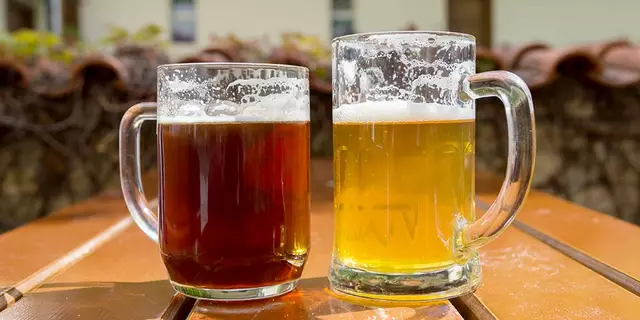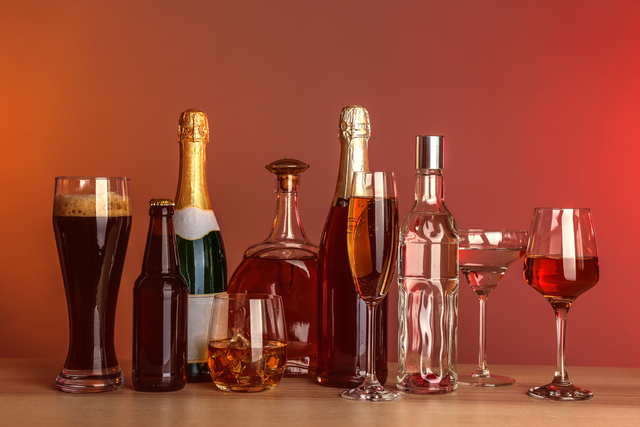Introduction to Yeast and Beer
Beer is a staple in many cultures around the world, and it owes its existence to the remarkable process of fermentation driven by yeast. This tiny organism has the ability to convert sugars into alcohol and carbon dioxide, creating the tasty brew we all know and love. This article will delve into the specific yeast used in the production of lager beer, a popular type of beer known for its crisp and clean flavor.
A Brief Overview of Lager Beer
Lager beer, from the German word 'lagern' meaning 'to store', is a type of beer that is fermented and conditioned at low temperatures. This beer style is known for its light to medium body, pale color, and clean and crisp taste. Lagers are often less bitter than ales and have a smooth, mellow flavor that goes down easily. There are various types of lagers, including Pilsners, Dunkels, and Märzens, each with their unique flavor profiles.
Understanding Yeast and Fermentation
Yeast is a type of fungus that plays a crucial role in brewing. It consumes the sugars in the wort (unfermented beer) and converts them into alcohol, carbon dioxide, and other compounds. This process is called fermentation. There are two main types of yeast used in brewing: ale yeast (Saccharomyces cerevisiae) and lager yeast (Saccharomyces pastorianus). The type of yeast used significantly affects the beer's flavor, aroma, and other characteristics.
The Role of Lager Yeast
Lager yeast, also known as Saccharomyces pastorianus, is the yeast used in the production of lager beer. What sets lager yeast apart from ale yeast is its ability to ferment at lower temperatures, usually between 7 to 13 degrees Celsius. This low-temperature fermentation results in a slower, longer fermentation process, which in turn leads to a beer with cleaner, more refined flavors and fewer fruity esters and spicy phenols that are common in ales.
The Origin of Lager Yeast
Lager yeast has an interesting history. It is believed to have originated from a hybridization between Saccharomyces cerevisiae, the ale yeast, and a wild yeast species, Saccharomyces eubayanus. This hybridization is thought to have occurred in the cold storage cellars of Bavarian breweries in the 15th or 16th century, where the yeast adapted to the cold conditions, resulting in the lager yeast we use today.
How Lager Yeast Influences Beer Flavor
The choice of yeast in brewing is not just about fermentation; it also greatly influences the beer's flavor. Lager yeast produces fewer fruity esters and spicy phenols compared to ale yeast, contributing to lager's clean, crisp taste. Additionally, lager yeast creates a beer with less residual sugar, making it drier and often more refreshing. The slow, low-temperature fermentation allows for a more thorough consumption of sugars, which also contributes to the smooth, clean finish of lager beers.
The Process of Brewing with Lager Yeast
The process of brewing with lager yeast starts much like any other brewing process, with the mashing, boiling, and cooling of the wort. The difference lies in the fermentation. Once the wort is cooled, the lager yeast is pitched and the fermentation takes place at low temperatures, often taking several weeks. After primary fermentation, the beer is stored or 'lagered' at near-freezing temperatures for several weeks or even months. This extended conditioning period allows the flavors to mellow and meld together, resulting in the characteristic smoothness of lager beers.
Conclusion: The Magic of Lager Yeast
Indeed, the magic of lager beer can be largely attributed to the unique properties of lager yeast, or Saccharomyces pastorianus. Its ability to ferment at low temperatures and its influence on the beer's flavor profile make it an indispensable component in the brewing process. So, the next time you enjoy a crisp, refreshing lager, take a moment to appreciate the humble yeast that made it all possible.





